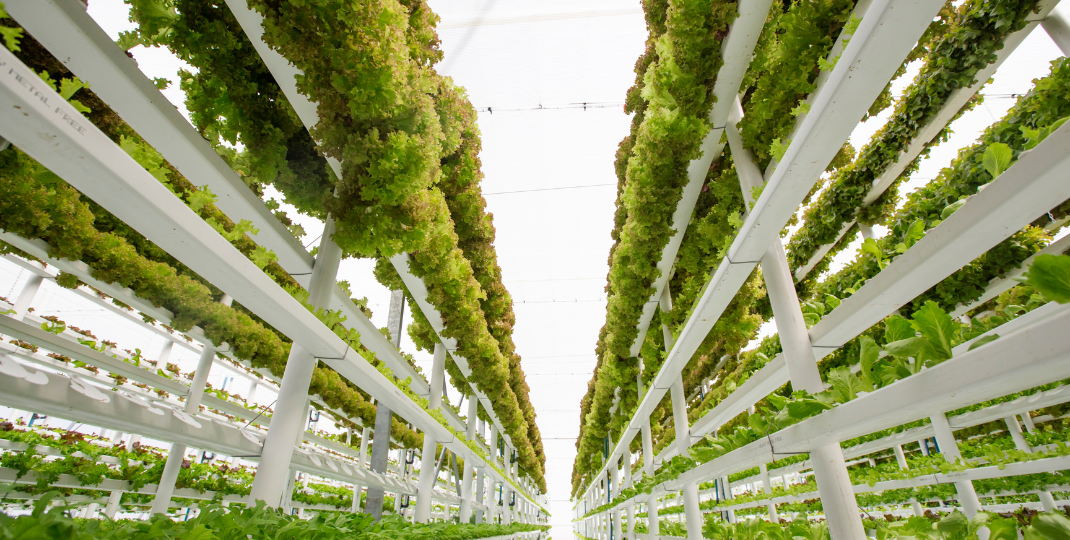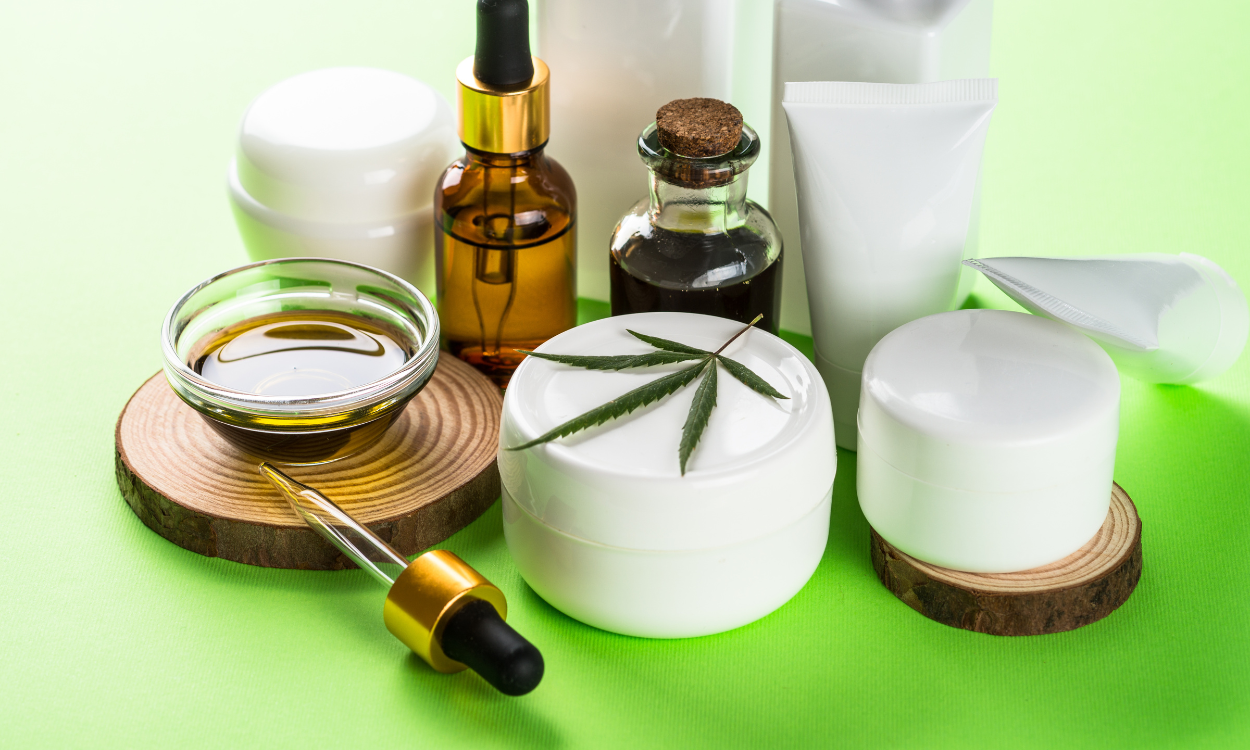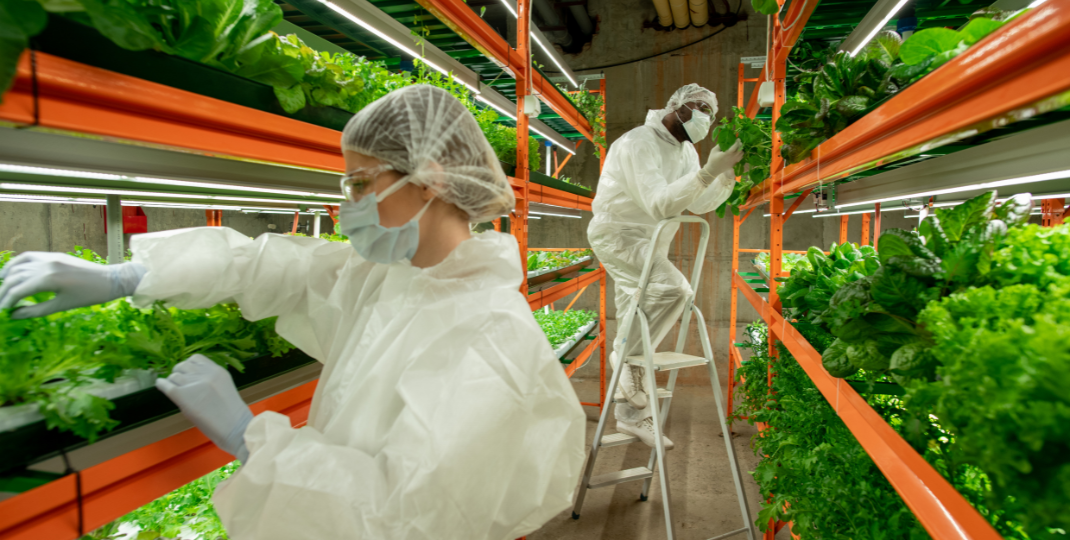Microalgae are valuable sources of lipids, which can be used for the production of biofuels, cosmetics, and pharmaceuticals. However, the lipid content of microalgae can be influenced by various external stressors, such as temperature fluctuations and changes in nutrient availability. These stressors can alter the metabolic pathways within the cells, leading to changes in lipid accumulation. Understanding how these external factors impact lipid production in microalgae is crucial for optimizing their growth conditions and increasing their potential for industrial applications. In this review, we will explore the current research on how temperature and nutrient availability affect lipid accumulation in microalgae.
Investigating the regulation of lipid accumulation in microalgae in response to temperature variations
The regulation of lipid accumulation in microalgae in response to temperature variations involves various mechanisms, such as changes in the activity of enzymes involved in lipid metabolism, alterations in the expression of genes related to lipid biosynthesis and degradation, and adjustments in the composition of cellular membranes. At lower temperatures, microalgae may increase lipid accumulation as a way to enhance membrane fluidity and maintain cell integrity. Conversely, at higher temperatures, lipid accumulation may decrease to reduce oxidative stress and maintain optimal cellular functions. Overall, these regulatory mechanisms help microalgae adapt to changing environmental conditions and optimize lipid production for various biotechnological applications.

How do different nutrient availability levels impact the composition and quantity of lipids produced by microalgae?
Different nutrient availability levels can significantly impact the composition and quantity of lipids produced by microalgae. When microalgae are exposed to limited nutrient availability, such as nitrogen or phosphorus deficiency, they tend to accumulate more lipids in order to store energy for survival. This results in higher lipid content in the biomass but may lead to changes in lipid composition, with an increase in saturated fatty acids and a decrease in unsaturated fatty acids. On the other hand, when microalgae are provided with optimal nutrient levels, they prioritize growth and reproduction over lipid accumulation, resulting in lower overall lipid content but a more balanced composition of fatty acids. Therefore, understanding and optimizing nutrient availability is essential for maximizing lipid production in microalgae for various industrial applications, such as biofuel production.
Are there certain strains of microalgae that are more resilient to external stressors and able to maintain lipid accumulation levels?
Yes, there are certain strains of microalgae that have been identified as being more resilient to external stressors and able to maintain high levels of lipid accumulation. These strains have evolved mechanisms to protect themselves from environmental stresses such as temperature fluctuations, nutrient limitations, and UV radiation, which allows them to continue producing lipids even under adverse conditions. Researchers have studied these resilient strains in order to better understand their mechanisms of stress tolerance and potentially develop new ways to improve lipid production in microalgae for various applications such as biofuel production and bioremediation.
How do fluctuations in temperature and nutrient availability interact to influence lipid accumulation in microalgae?
Fluctuations in temperature and nutrient availability can have a significant impact on lipid accumulation in microalgae. When temperatures are high, microalgae tend to allocate more resources towards growth and reproduction rather than lipid production. However, when nutrient availability is limited, microalgae may prioritize lipid accumulation as a way to store energy for survival. Conversely, when nutrients are abundant, microalgae may prioritize growth and reproduction over lipid accumulation. The interaction between temperature and nutrient availability can therefore determine the overall lipid content of microalgae, with optimal conditions for lipid accumulation typically occurring under moderate temperatures and limited nutrient availability.
What role do other environmental factors, such as light intensity or pH levels, play in affecting lipid production in microalgae?
Environmental factors such as light intensity and pH levels play a critical role in affecting lipid production in microalgae. Light intensity is essential for photosynthesis, the process by which microalgae convert sunlight into energy to produce lipids. Optimal light intensity can stimulate lipid production, while inadequate or excessive light can inhibit it. Similarly, pH levels influence the availability of nutrients and CO2 for microalgae, directly impacting lipid synthesis. Maintaining a suitable pH level is crucial for maximizing lipid production in microalgae. Overall, these environmental factors significantly influence the growth and lipid content of microalgae, making them key considerations in biotechnological applications for sustainable lipid production.

Can manipulating external stressors be used as a strategy to enhance lipid accumulation in microalgae for biofuel production?
Manipulating external stressors such as nutrient availability, light intensity, and temperature can be used as a strategy to enhance lipid accumulation in microalgae for biofuel production. By subjecting microalgae to specific stress conditions, their metabolism can be redirected towards lipid synthesis as a survival mechanism, leading to increased lipid content in the cells. This approach can potentially improve the efficiency and economic viability of biofuel production from microalgae by increasing the yield of lipids, which are the main source of energy for biodiesel production. However, careful optimization of stress conditions is necessary to ensure maximum lipid accumulation without compromising the overall growth and health of the microalgae culture.
Are there genetic or metabolic pathways that can be targeted to improve lipid accumulation in microalgae under varying environmental conditions?
There is ongoing research to identify genetic and metabolic pathways in microalgae that can be targeted to improve lipid accumulation under varying environmental conditions. By understanding the mechanisms involved in lipid production, researchers can potentially manipulate these pathways to increase lipid content in microalgae. This has implications for biofuel production, as microalgae are a promising source of renewable energy. By optimizing lipid accumulation in microalgae, it may be possible to enhance their potential as a sustainable and efficient biofuel feedstock.
How do external stressors affect the overall growth and productivity of microalgae, and what implications does this have for lipid accumulation?
External stressors such as temperature fluctuations, nutrient availability, and light intensity can significantly impact the growth and productivity of microalgae. These stressors can disrupt normal metabolic processes, leading to decreased growth rates and lower overall biomass production. In response to these stressors, microalgae may divert energy towards lipid accumulation as a protective mechanism for survival. Lipid accumulation is essential for microalgae to store excess energy and protect themselves from environmental stresses. Therefore, understanding how external stressors influence lipid accumulation in microalgae is crucial for optimizing cultivation conditions and maximizing lipid production for applications such as biofuel production.
Exploring the Impact of External Stressors on Lipid Accumulation in Microalgae
In conclusion, external stressors such as temperature and nutrient availability play a crucial role in determining the lipid accumulation in microalgae. These stressors can either stimulate or inhibit lipid production, depending on their intensity and duration. Understanding how these factors influence lipid metabolism in microalgae is essential for optimizing their growth conditions and enhancing their potential as a sustainable source of biofuel and other valuable products. Further research is needed to unravel the complex mechanisms underlying the response of microalgae to environmental stressors and to develop strategies for overcoming these challenges in commercial-scale cultivation.
